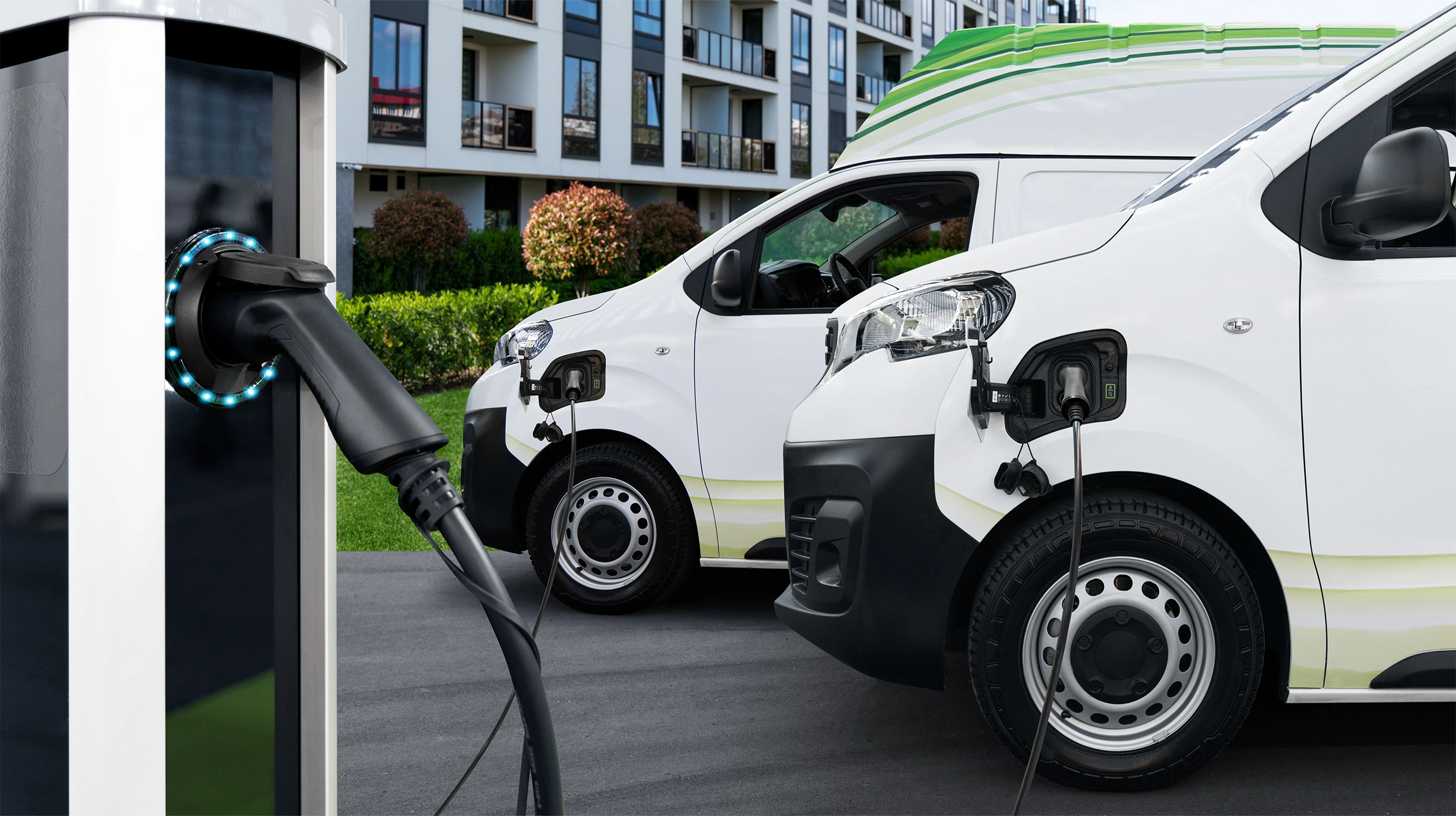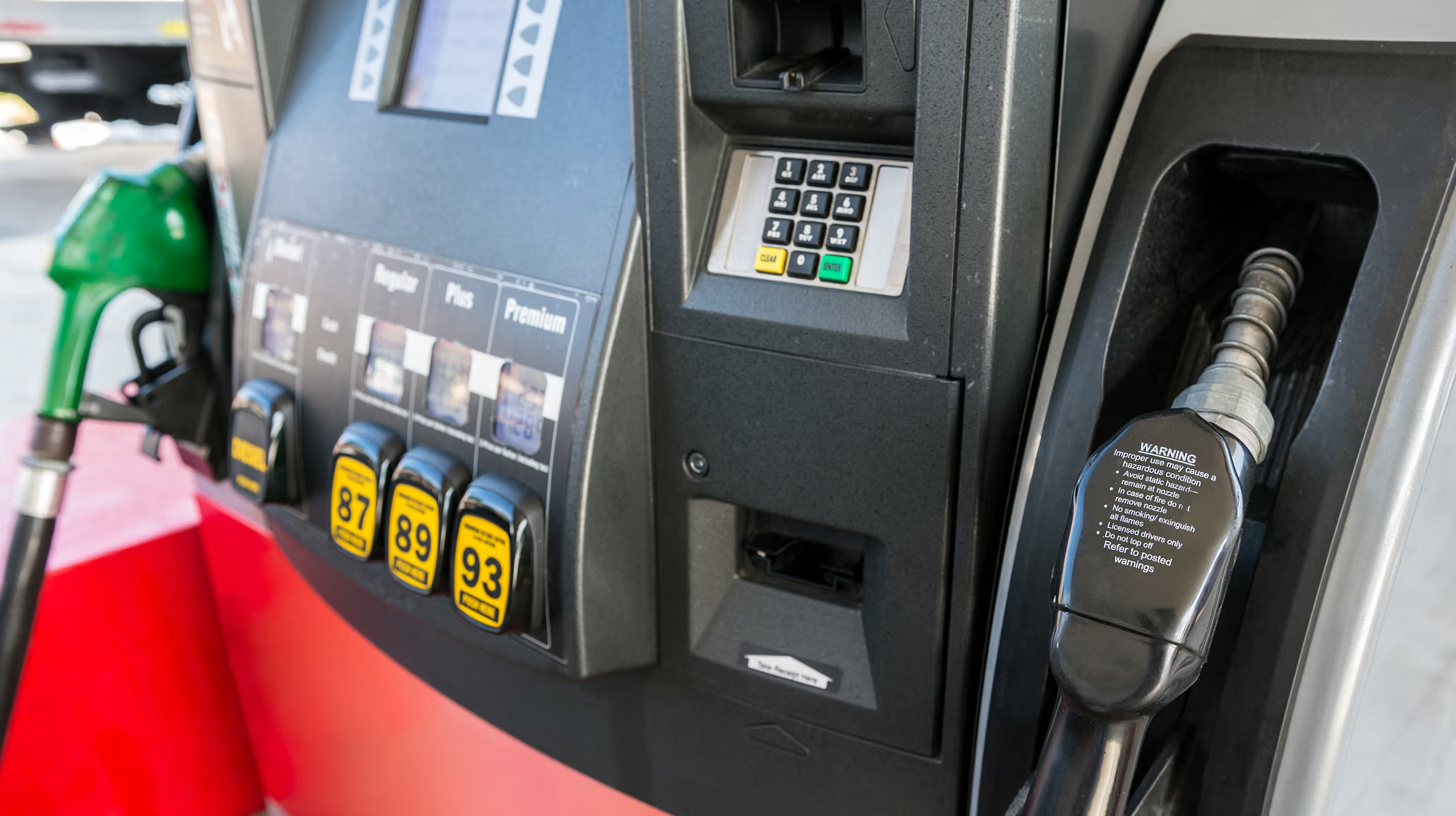More from the 5G glossary
View all 5G glossary entriesWhat is 5G NR (New Radio)?
5G NR (New Radio) is the next generation of radio access technology developed by 3GPP for the 5G mobile network. It is the specification for 5G networks and provides enhanced mobile broadband (eMBB), ultra-reliable and low latency communications (URLLC), and massive machine-type communications (mMTC). In this blog, we’ll discuss how 5G NR works and what it can offer.
How Does 5G NR Work?
5G NR works by using a radio access technology based on OFDM, which is the same technology used in 4G LTE networks. However, it also uses new features such as Quadrature Amplitude Modulation (QAM) schemes, beamforming, and new deployment mode options to improve network efficiency and provide low-latency communications. Furthermore, 5G NR benefits from high-band and low-band frequency usage to provide better data rates & coverage.
QAM Modulation
Quadrature Amplitude Modulation (QAM), is more efficient than the modulation used in 4G LTE. QAM supports higher data rates and improved spectral efficiency, allowing more data to be transmitted in the same amount of bandwidth.
Beamforming
Beamforming is a signal processing technique used in 5G NR that helps to improve the signal quality and coverage of the 5G NR radio access network (RAN). It works by using multiple antennas to create directional radio beams that are directed toward the user’s device. This allows the network to focus the transmission power in the direction of the user, and therefore improve the signal quality and coverage. Beamforming also helps to reduce interference from other devices in the same area, which can help improve the overall network performance.
Frequency Ranges
The frequency ranges of 5G NR are divided into two categories: high-band frequencies and low-band frequencies.
High-band frequencies are frequencies in the range of 24.25 GHz and up, an example of this being millimetre wave (mmWave). High-band frequencies provide the highest data rates available, but they have limited coverage and require large cell sizes. This is because high-band frequencies tend to have a shorter range due to their higher frequency.
Low-band frequencies, or sub-6GHz, frequencies are frequencies between 600 MHz and 6GHz. Low-band frequencies provide more coverage but with lower data rates.
5G NR is designed to use a combination of both high-band and low-band frequencies in order to get the best balance between coverage and speed. With the use of both high-band and low-band frequencies, 5G NR can provide users with a higher data rate and a wider coverage area than what was achievable with 4G LTE.
Deployment Modes of 5G NR
Standalone (SA) mode is the core 5G NR deployment mode and is the complete 5G system without any LTE support. In this mode, all base stations, User Equipment (UEs), and Core Network (CN) are dedicated to 5G NR, and operate independently of LTE. This mode is designed to provide a complete 5G experience with all the features and capabilities that 5G offers.
Non-Standalone (NSA) mode is a 5G NR deployment mode that utilises the existing LTE infrastructure to provide enhanced 5G NR capabilities. In this mode, the 5G NR base station is connected to the existing LTE CN and the UE is able to communicate with both the LTE and 5G NR base stations. This mode allows operators to quickly enhance their LTE network with 5G NR capabilities and provide an improved 5G user experience.
Dynamic Spectrum Sharing:
Dynamic spectrum sharing is a deployment mode that allows two or more operators to share a spectrum band and dynamically adjust their respective usage of the spectrum in a coordinated manner to maximise efficiency and minimise interference. It allows operators to use a common spectrum band for both 5G and legacy services, such as 4G, enabling a smooth transition from 4G to 5G and allowing operators to optimise their spectrum usage.
What does 5G NR offer?
5G NR networks offer significantly improved data rates, bandwidth, and latency over 4G LTE or other wireless technologies. It is designed to provide faster data speeds, more capacity, improved network efficiency, and more connectivity options for users. 5G NR also supports use cases such as the Internet of Things (IoT) and critical applications that require ultra-low latency.
Faster Data Speeds
5G NR offers significantly faster peak data rates than 4G LTE, with speeds of up to 20 Gbps in the downlink and 10 Gbps in the uplink. It also supports higher frequency ranges, which can provide even higher data rates of up to 100 Gbps.
Increased Capacity
5G NR increases network capacity compared to 4G LTE or other wireless technologies. It supports the use of multiple frequency bands and technologies, such as Wi-Fi, LTE, sub-6 GHz, and mmWave. It also supports dynamic spectrum sharing between LTE and 5G, allowing providers to use their existing LTE networks for 5G technology.
Improved Latency
5G NR also offers improved latency over 4G LTE or other wireless technologies. It supports low latency communications with a latency of around 1 millisecond, compared to around 20 milliseconds for 4G LTE. This can enable use cases such as autonomous vehicles, AR/VR applications, and other real-time applications.
Enhanced Network Efficiency
5G NR provides enhancements for network efficiency when compared to 4G LTE or other wireless technologies. It supports features such as beamforming, massive MIMO, and dynamic spectrum sharing, which allow base stations to use their spectrum more efficiently and provide higher data speeds and lower latency.
5G NR is a revolutionary radio access technology
5G NR is the specification for the next generation of mobile networks. It offers faster data speeds, increased capacity, improved network efficiency, and lower latency than 4G LTE or other wireless technologies. It also supports features such as beamforming, massive MIMO, and dynamic spectrum sharing, which allow base stations to use their spectrum more efficiently and provide higher data speeds and lower latency. 5G NR is designed to provide users with a better mobile experience and enable new use cases, such as autonomous vehicles, AR/VR applications, and more.





